Did you know that consistent brand presentation across all platforms can increase revenue by up to 23%? Identifying and recalling your brand can mean the difference between a sale and a lost opportunity in a world where consumers are bombarded with options. This is where the power of brand awareness campaigns shines brightest. By weaving your brand into the fabric of everyday life, you stay at the top of your mind and build a connection that transcends the transactional.
In addition to helping you become recognized, a brand awareness campaign develops a story that connects with your target and encourages advocacy and loyalty. It’s the beginning of a process that turns onlookers into brand advocates. And in this digital age, where word of mouth travels at the speed of light, a well-executed brand awareness campaign can catapult your business into the spotlight overnight.
In this article, we’ll explore some of the most influential and impactful brand awareness campaign examples that have significantly impacted their respective industries.
Key Points
- A brand awareness campaign refers to a potential customer’s capacity to recognize and associate a brand with a particular good or service.
- A well-executed brand awareness campaign can transform potential customers into brand advocates.
- Social media has become an essential new tool in brand awareness marketing.
- Brand awareness campaigns help potential customers recognize and associate a brand with specific products or services.
- Levels of brand awareness include zero awareness, brand recognition, brand recall, and top-of-mind awareness.
What Is a Brand Awareness Campaign?
A brand awareness campaign refers to a potential customer’s capacity to recognize and associate a brand with a particular good or service. Customer familiarity can be the foundation for brand trust and loyalty, and brand awareness campaigns can help companies build thought leadership and brand authority.
On the other hand, how you portray your brand can significantly impact how consumers view your goods and services. Since brand awareness can be a stepping stone toward success, your brand strategy should prioritize an authentic personality.
Levels of Brand Awareness

Before you start building your brand awareness, you need to understand the different levels of awareness that impact a buyer’s journey.
A brand awareness pyramid can visualize four brand awareness levels. Based on marketing mogul David Aaker’s brand loyalty pyramid, the levels of brand awareness are zero awareness, recognition, brand recall, and top of the buyer’s mind.
Let’s break down each level of brand awareness to better understand their significance.
Level One: Zero Awareness
You’ll likely need to build awareness from scratch when starting a business. At this point, you will be at the bottom of the pyramid with little to no customer awareness of your business. Luckily, there’s plenty of room for growth at this level.
Level Two: Brand Recognition
Brand recognition enables your target audience to immediately identify your business through visual signifiers such as a logo, slogan, colour scheme, packaging, or marketing campaigns.
There are numerous ways to identify your business’s brand recognition scope. Conducting surveys is one way to evaluate whether the public recognizes your brand.
Level Three: Brand Recall
A brand recall occurs when your business jumps to an individual’s mind when they require your products or services. It can also occur as a result of a conversation or association.
For example, McDonald’s, Burger King, and Five Guys may come to mind if someone fancies a burger from a fast-food restaurant. Here, the Burger King franchise has entered the brand recall level. To quantify the awareness of your business, you can conduct brand recall tests and questionnaires at this level.
Level Four: Top-of-Mind
Top-of-mind awareness refers to the first brand associated with a product, service, or similar brand. Remember that list of fast-food restaurants we discussed? McDonald’s was first on the list, meaning it would have reached the ‘top-of-mind’ level. Every brand seeks to achieve this type of awareness.
Top-of-mind awareness often includes the services and products someone most frequently uses. Therefore, you should create brand awareness that attains the top-of-mind level, as it is crucial to customer loyalty.
Why is Brand Awareness Important?
Imagine walking into a room full of strangers versus a room where a few people know your name and something impressive about you. The difference in your reception is palpable, right? That’s the power of brand awareness in the business world. Being known isn’t enough, though. You need to be known for the right reasons. Below are some of the reasons why brand awareness is essential:
#1. Establishing Reputation and Trust
In any relationship, trust is essential, and this also applies to the relationship between a brand and its customers. Developing this trust is mostly dependent on brand recognition. When potential customers are familiar with your brand, they’re more likely to believe in the quality of your products or services. This trust is further solidified when they see consistent brand messages, positive reviews, and effective brand awareness campaigns that resonate with their values and needs.
#2. Having an Impact on Consumer Choice
Customers are faced with a plethora of options every day. During this decision-making process, brand awareness serves as a lighthouse for them. A brand that has made a positive impression through various brand awareness examples and campaigns stands out in the consumer’s mind. It’s easy to prefer your brand over an unknown competitor because of this familiarity, which promotes comfort. It’s the difference between opting for a well-known coffee brand over a generic one; familiarity promises a certain level of quality and satisfaction.
#3. Leveraging Brand Awareness in Your Strategy
To benefit from the full potential of brand awareness, consider exploring brand awareness strategy examples and engaging with branding agencies that specialize in bringing cool branding ideas to life. Whether it’s through captivating brand awareness ads, innovative awareness campaign ideas, or impactful public awareness campaign examples, the goal is to craft a narrative that raises awareness and cements your brand’s place in the hearts and minds of your audience.
Now that we have a firm grasp of a brand awareness campaign and its importance, the next section will discuss strategies to increase them.
Strategies to Increase Brand Awareness
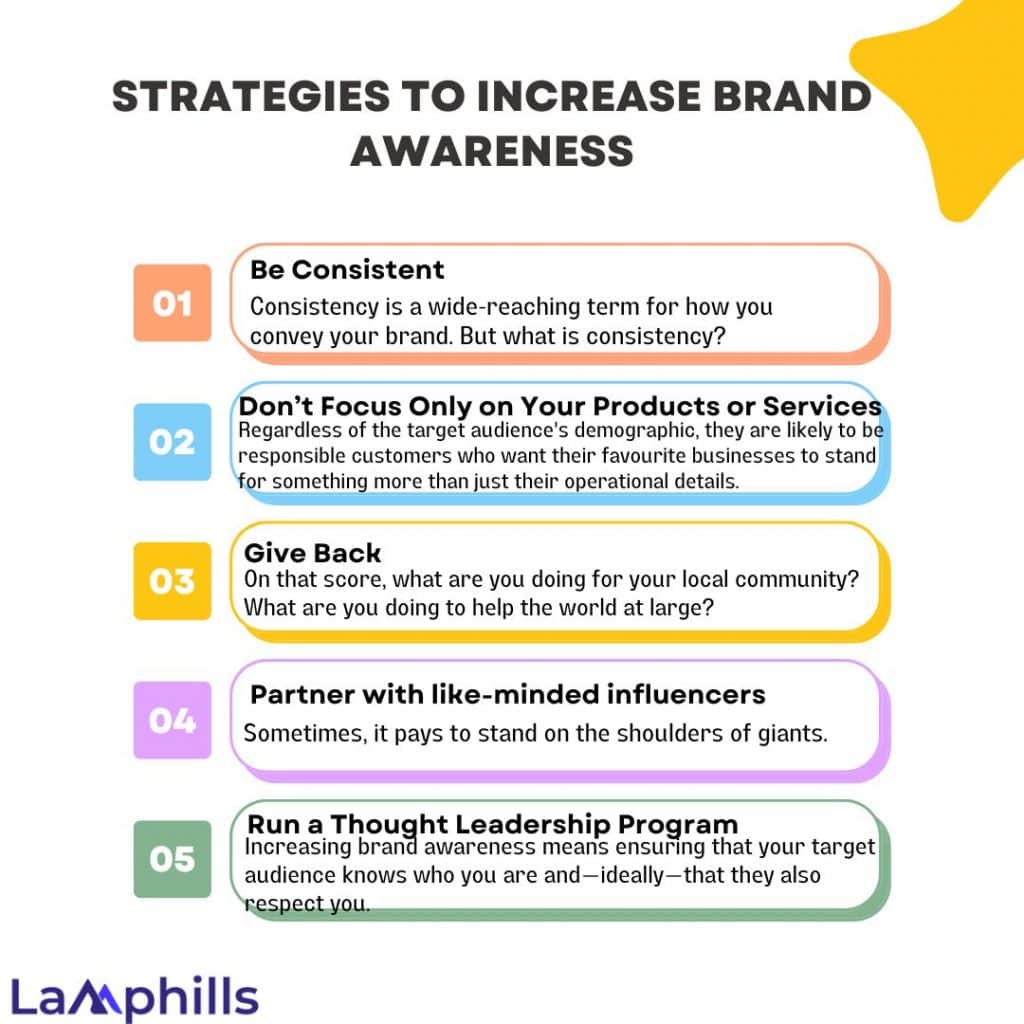
Need help making your brand recognizable as one of the world’s biggest household names? Spoilers: they’re all doing the same things with a relentless focus and frequency. Here’s what building brand awareness takes…
#1. Be Consistent
Consistency is a wide-reaching term for how you convey your brand. But what is consistency?
You might take it to mean keeping your visual identity uniform and recognizable across platforms, for one thing. And, sure, that’s a pivotal way to raise brand awareness. Colour can boost brand recognition by up to 80%, while consumers are 81% more likely to remember your company colours than your name.
But consistency goes beyond just the look and feel of your brand. I’m also talking about consistency in your tone of voice and digital output. You want everything you put out there to feel like it came from the same source with the same values.
A vital component of any brand awareness strategy is maintaining a high-quality control standard for your products and consistently providing excellent customer service. That can help establish a reputation, which encourages the spread of word-of-mouth and, in turn, increases brand equity and awareness.
#2. Don’t Focus Only on Your Products or Services
Regardless of the target audience‘s demographic, they are likely to be responsible customers who want their favourite businesses to stand for something more than just their operational details.
In other words, it pays to stand for something. Developing, publishing, and promoting your values can help you stand out from the pack and can help form associations that build brand awareness.
While excellent goods or services are essential, brand awareness will increase significantly if consumers associate your company with sustainability, worker rights, or community support.
#3. Give Back
On that score, what are you doing for your local community? What are you doing to help the world at large? It’s no longer viable to simply exist as a company that makes a great product. Consumers demand that their brands not only stand for something but participate in something philanthropic, too.
My only advice here is that you’ll need to balance carefully on the tightrope suspended over pitfalls like greenwashing. The best way to do that is to be demonstrably good—and mean it. Make being generous part of your brand’s culture rather than a series of PR opportunities.
#4. Partner with like-minded influencers
Sometimes, it pays to stand on the shoulders of giants. Influencers with enormous followings already have awareness, trust, and loyalty locked in, so why not partner with them to borrow some brand-building goodness?
It’s a good idea to find influencers on social media platforms relevant to your business who share your values and whose audiences would be naturally interested in your products or services. Avoid one-and-done deals; little is to be learned or tracked from that activity. Instead, adopt a ‘test and learn’ approach with partnered content on their channel that you can tweak over time.
Read also: INFLUENCER MARKETING: Meaning, Examples, Strategy & Agency
#5. Run a Thought Leadership Program
Increasing brand awareness means ensuring that your target audience knows who you are and—ideally—that they also respect you. A great way to tick both boxes is to build a thought leadership program that positions the people behind your brand as experts in their field.
The best way to do this is to ladder up a few separate tactics that combine to form an overall package across a year (or more). Start by ensuring that your experts post regular industry-specific opinion pieces on LinkedIn and cross-promote these on any other relevant owned and third-party channels.
An annual whitepaper or industry report that B2B or B2C readers will deem a must-read is another fantastic way to cement your brand’s place as an industry voice. Around this, see if your expert executives can appear on panels, give trade show keynotes, run events, or make podcast appearances peppered throughout the year.
As a concerted brand awareness campaign, the goal is to put your brand’s voice at the center of the discourse and have all the answers to burning industry questions.
How to Build a Brand Awareness Campaign
You want your customers to have positive experiences with your brand before they need or want to purchase, so it’s essential to successfully set your brand apart without alienating your target audience. Below is a comprehensive checklist guide to guide you through the process:
How to Build a Brand Awareness Campaign Checklist
10 Effective Brand Awareness Campaign Examples
As you set out to boost your brand awareness, one of the best ways to learn is by examining successful brand awareness campaigns. The following 10 brand awareness campaign examples have left an indelible mark on the marketing world, providing valuable lessons on creativity, innovation, and audience engagement.
#1. Spotify
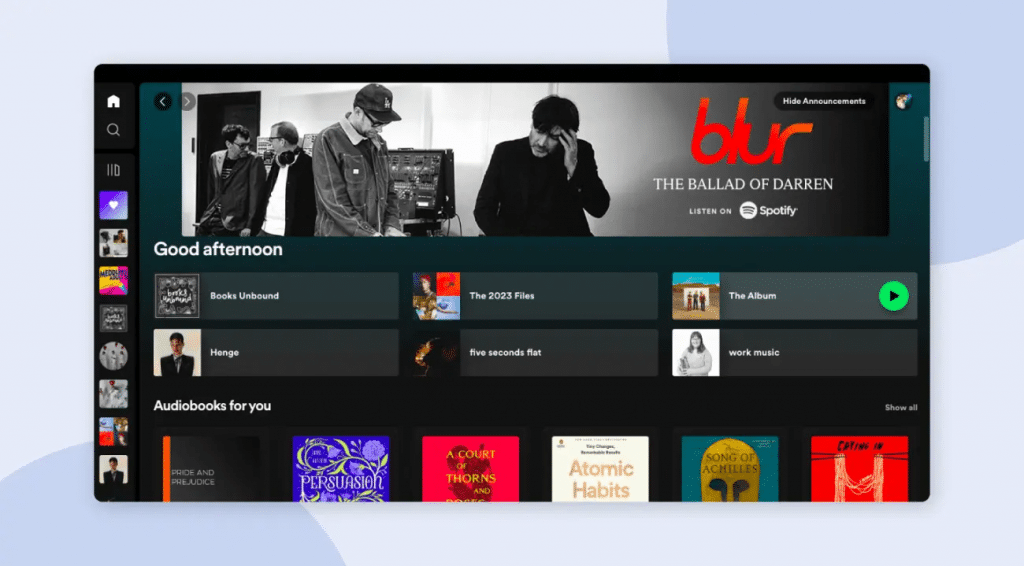
Music is often referred to as a universal language. With this concept in mind, Spotify’s brand awareness campaigns prioritized accessibility. By creating a cross-platform application, Spotify identified a customer need and provided a helpful solution. The brand also works to provide one-of-a-kind music experiences to both new and existing users, which helps communicate its values and commitment to its audience.
Why It Worked: Prioritizing accessibility and availability allowed Spotify to quickly reach its target audience, enhance brand awareness, and increase brand trust. The brand’s universal streaming abilities allow Spotify to personalize each customer’s listening experience.
#2. Nike: Just Do It

Nike’s “Just Do It” campaign is perhaps one of the most iconic brand awareness campaign examples in the world of sports apparel. By associating the brand with perseverance, determination, and the inner athlete in everyone, Nike’s marketing campaign has inspired generations to push beyond their limits. This simple yet powerful message has cemented Nike’s place in the hearts and minds of consumers worldwide.
#3. Coca-Cola
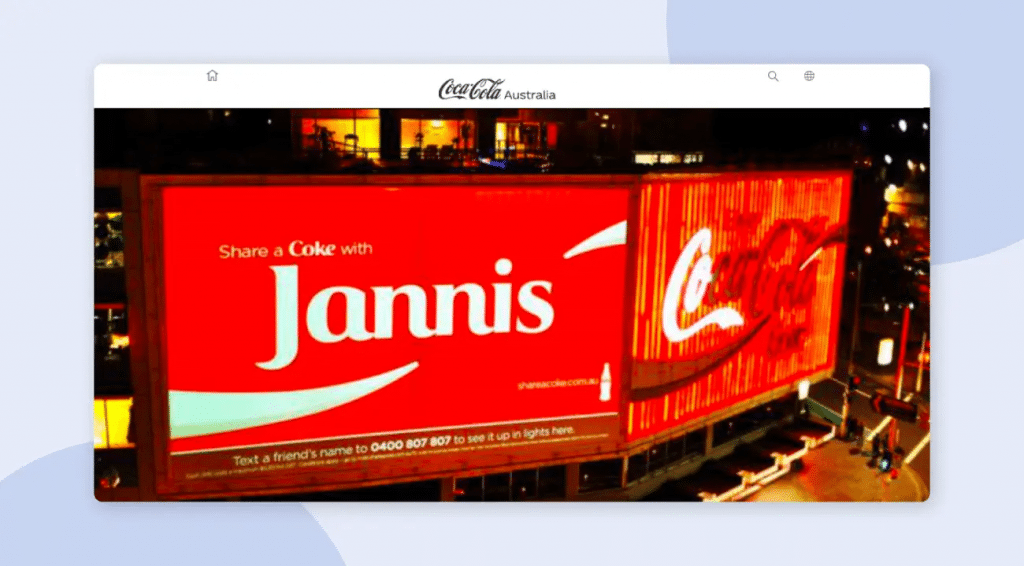
Most brand awareness campaigns center on potential customers as the target audience, but Coca-Cola’s “Share A Coke” campaign stretches beyond this common goal. This awareness campaign was designed to reach buyers who would share the drink with friends, family, colleagues, and acquaintances. From common names to specific phrases, Coca-Cola’s brand awareness campaign stretched beyond its everyday users.
Why It Worked: Personalization can be the great equalizer. Coca-Cola’s “Share A Coke” campaign used personalization to communicate its customer-centric intentions. It helped the brand reach larger audiences — those who bought the product to share rather than consume it themselves.
#4. Old Spice
One of the most successful ad campaigns of all time was Old Spice’s “Smell like a man, man” campaign because it quickly showed the brand’s comedic personality. After the initial campaign, the brand continued interacting with customers by responding to comments with characterized videos and replies. Its straightforward content took the world by storm, and the Old Spice brand skyrocketed to the top of the charts—and our minds.
Why It Worked: Instead of shying away from its fun personality, Old Spice displayed it. By being authentic, the brand truthfully displayed its values to potential customers. Additionally, its quick and witty engagement increased brand awareness across multiple platforms.
#5. Beyond Meat
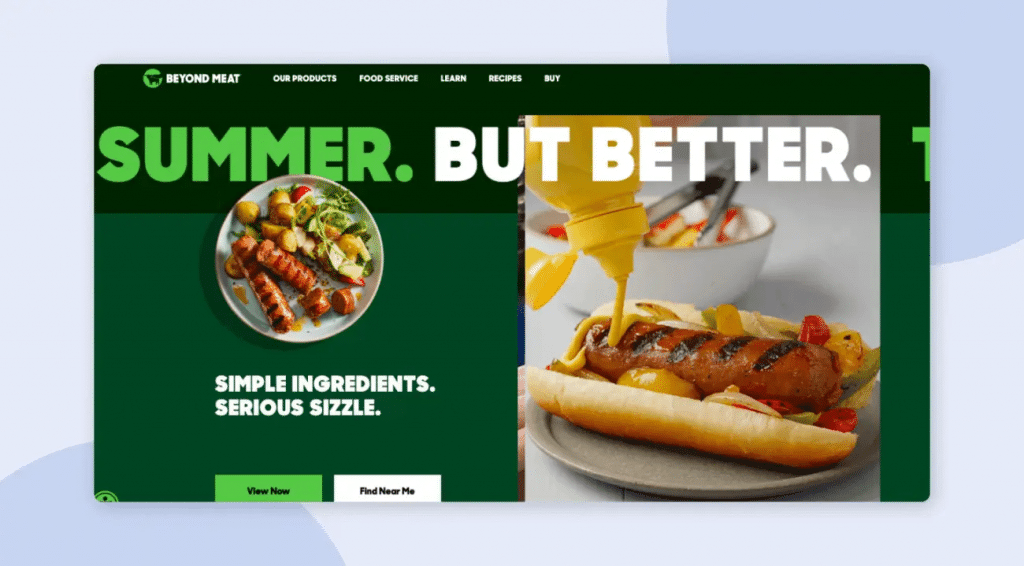
As one of the most searched-for vegan products on the planet, Beyond Meat’s brand awareness campaigns have seen significant success. Careful wording and authentic messaging about the product’s ingredients, uses, and purpose have helped cement Beyond Meat as a top meat replacement for vegan and non-vegan folks. Plus, strategic grocery store placement allowed the brand to increase product awareness without inciting misconceptions.
Why It Worked: A combination of strategies—including influencer marketing—allowed Beyond Meat to reach beyond the vegan industry; its product can be used and loved by various audiences while staying true to its ingredients and creation process.
#6. GoPro x Red Bull: The Stratos Campaign
In a groundbreaking collaboration that pushed the boundaries of marketing and extreme sports, GoPro and Red Bull joined forces for the Stratos campaign. This daring endeavour saw Felix Baumgartner jump from the edge of space. This partnership thrived on Red Bull’s marketing strategy of partnering with athletes who push human limits, perfectly complementing GoPro’s cutting-edge camera technology to capture every breathtaking moment.
While presenting the incredible capabilities of GoPro cameras in extreme conditions, the Stratos campaign also reinforced Red Bull’s image as a brand that supports and achieves the extraordinary. Together, they created a moment in history that was watched by millions worldwide, elevating brand awareness to stratospheric levels—literally and figuratively.
#7. Pottery Barn
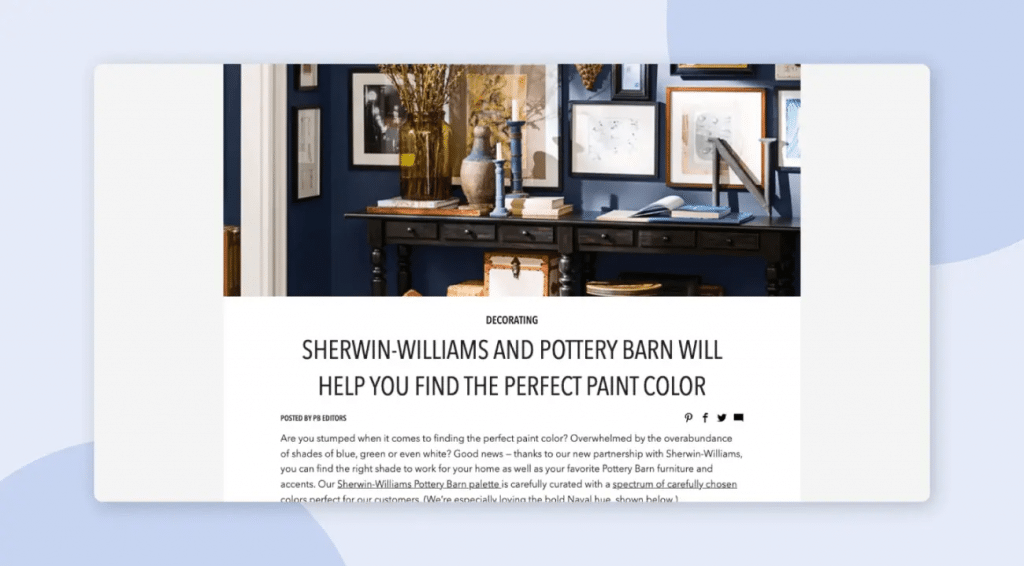
Pottery Barn and Sherwin-Williams’s partnership is a perfect example of a brand awareness campaign using a co-branding strategy. The two brands created a Sherwin-Williams Pottery Barn palette to help customers select matching paint colours and furniture to create a cozy living space. In a complementary partnership like this, both brands benefit from all customer interactions.
Why It Worked: Pottery Barn’s brand reached a new target audience by investing in collaborative marketing and co-branding. Both brands involved in the partnership could benefit from the other’s exposure and referrals without competing for industry space.
#8. Tesla
The brand’s approach to brand awareness and Tesla’s marketing strategy is unique in that it largely relies on word-of-mouth and Elon Musk’s brand rather than traditional advertising. The publication of Tesla’s “Master Plan 3” outlined the company’s long-term goals and vision, solidifying Tesla’s position as a leader in sustainable transportation.
#9. Dropbox
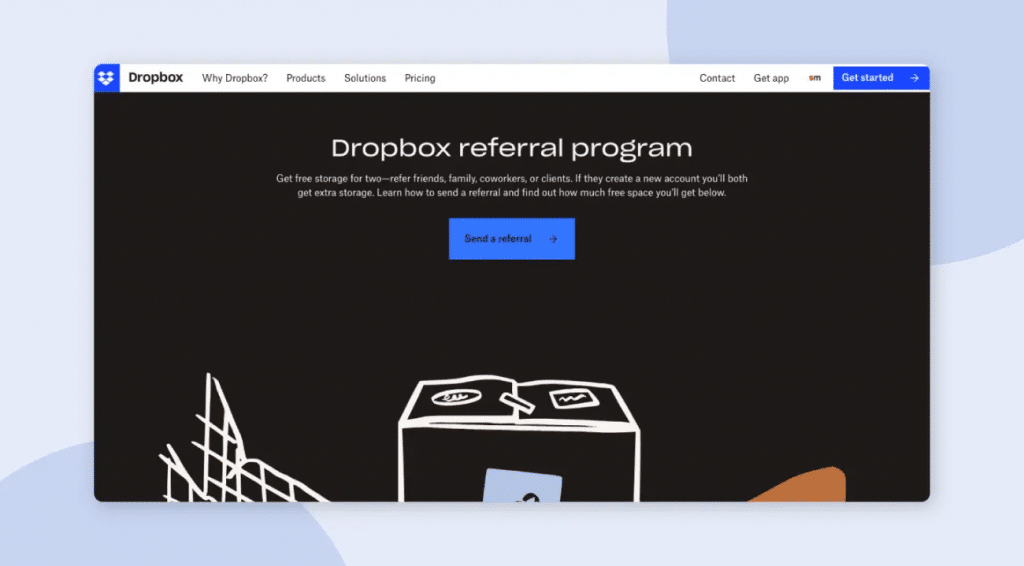
If your brand awareness and conversions within your target market are steady, your brand may need to increase its reach. For example, Dropbox introduced a referral program to incentivize customers to promote its product. Dropbox can expand brand awareness in new markets by producing the most valuable products and providing additional value to new and returning customers.
Why It Worked: Dropbox’s referral program allowed customers to positively promote the product and its services in exchange for storage incentives. This enabled—and still allows — the brand to receive positive promotions and feedback, gain earned media, and increase brand awareness across new audiences.
#10. Mountain Dew
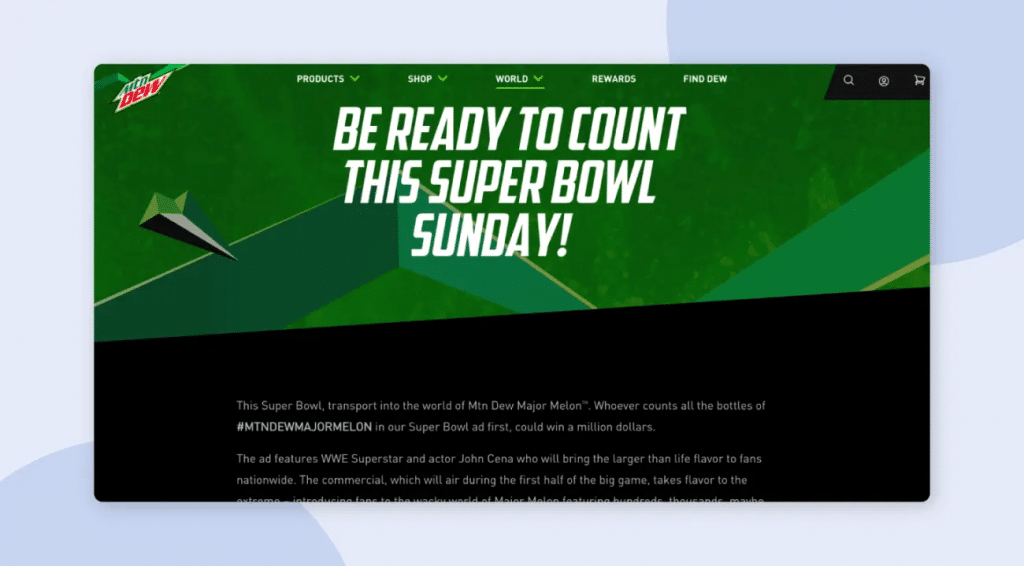
In 2021, Mountain Dew created a Super Bowl contest to promote its newest product among various audiences. Through social media content and video advertisements attached to the Mountain Dew name, the brand could engage with new customers and promote its values and personality.
Why It Worked: Using social media marketing and engagement strategies, Mountain Dew interacted with new and existing customers to promote a specific product under its brand. This increased the brand’s social media followers, allowing Mountain Dew to create targeted content to engage with its new followers.
Bottom Line: Is Brand Awareness a Strategy?
Yes, brand awareness is a powerful marketing strategy that can help consumers develop a preference for a brand and its products. Brand awareness measures how recognizable and memorable a brand is to its target audience. The goal of a brand awareness strategy is to build familiarity and name recognition so that potential customers will think of the brand when they are ready to make a purchase.
Similar Articles
- Small Business Branding Ideas: 15 Creative Ideas for 2024
- Inspiring Brand Voice Examples: How Top Companies Craft Their Unique Identity
- Building a Powerful Brand Platform: A Step-by-Step Guide






